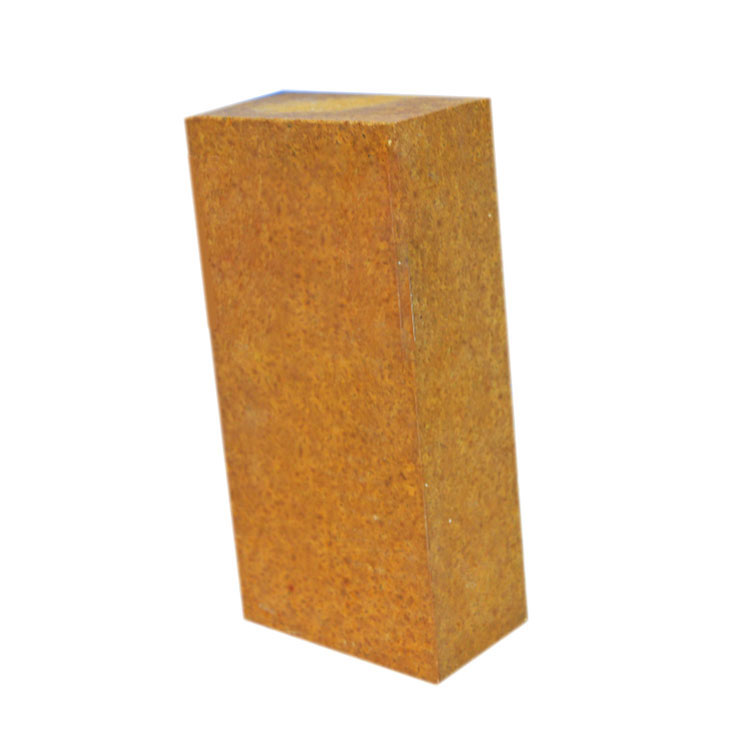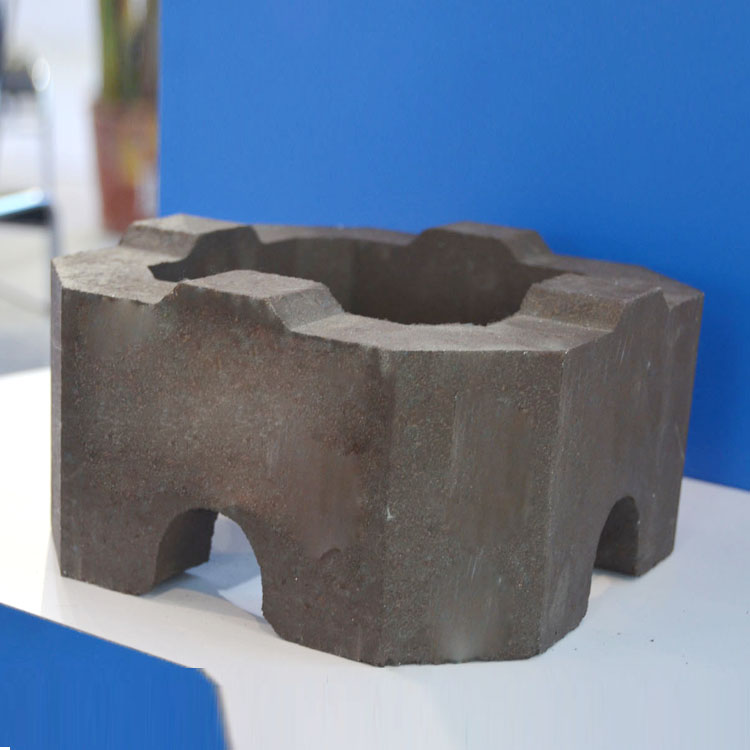.jpg?x-oss-process=image/resize,h_1000,m_lfit/format,webp)
In high-temperature industrial applications, the selection of refractory materials is critical for ensuring operational efficiency and equipment longevity. Among the various options available, magnesia-chrome bricks have emerged as a top choice due to their exceptional performance under extreme conditions. This article explores the key features, advantages, and practical applications of magnesia-chrome bricks, offering valuable insights for global buyers seeking reliable refractory solutions.
Industrial processes such as steelmaking, cement production, and glass manufacturing involve temperatures that can exceed 2000°C. Traditional refractory materials often struggle to maintain structural integrity and chemical stability at these extremes, leading to frequent replacements and increased operational costs. The need for durable, high-performance refractory solutions has never been more pressing.
Magnesia-chrome bricks are primarily composed of sintered magnesia and fire-grade chromite ore. These raw materials are carefully selected for their purity and thermal resistance. Sintered magnesia provides excellent thermal conductivity and resistance to thermal shock, while chromite enhances the brick's ability to withstand chemical corrosion and mechanical stress.
The combination of these materials results in a product with outstanding mechanical strength and durability. For example, magnesia-chrome bricks can achieve compressive strengths of up to 80 MPa, making them ideal for use in blast furnaces and rotary kilns where heavy loads and high temperatures are common.
One of the most significant advantages of magnesia-chrome bricks is their high refractoriness, capable of withstanding temperatures above 2000°C. Additionally, their load softening temperature exceeds 1550°C, ensuring structural stability even under prolonged exposure to intense heat.
These properties make magnesia-chrome bricks particularly suitable for applications in:
.jpg)


While magnesium oxide (MgO) bricks are widely used, they often fall short in high-alkali environments or when exposed to molten slag. Magnesia-chrome bricks, on the other hand, demonstrate superior resistance to chemical erosion and thermal deformation.
Below is a comparison of key performance metrics between magnesia-chrome bricks and traditional magnesium oxide bricks:
| Feature | Magnesia-Chrome Bricks | Magnesium Oxide Bricks |
|---|---|---|
| Maximum Operating Temperature | >2000°C | ~1800°C |
| Load Softening Temperature | >1550°C | ~1400°C |
| Chemical Resistance | Excellent | Moderate |
| Compressive Strength | 80 MPa | 50 MPa |
Magnesia-chrome bricks offer a compelling solution for high-temperature industrial applications, combining superior thermal resistance, mechanical strength, and chemical stability. Their proven performance in real-world scenarios makes them an essential component in modern refractory systems.
If you're looking for a reliable and high-performing refractory material, consider integrating magnesia-chrome bricks into your operations. Contact us today to learn more about our premium refractory products and how they can enhance your industrial efficiency.

